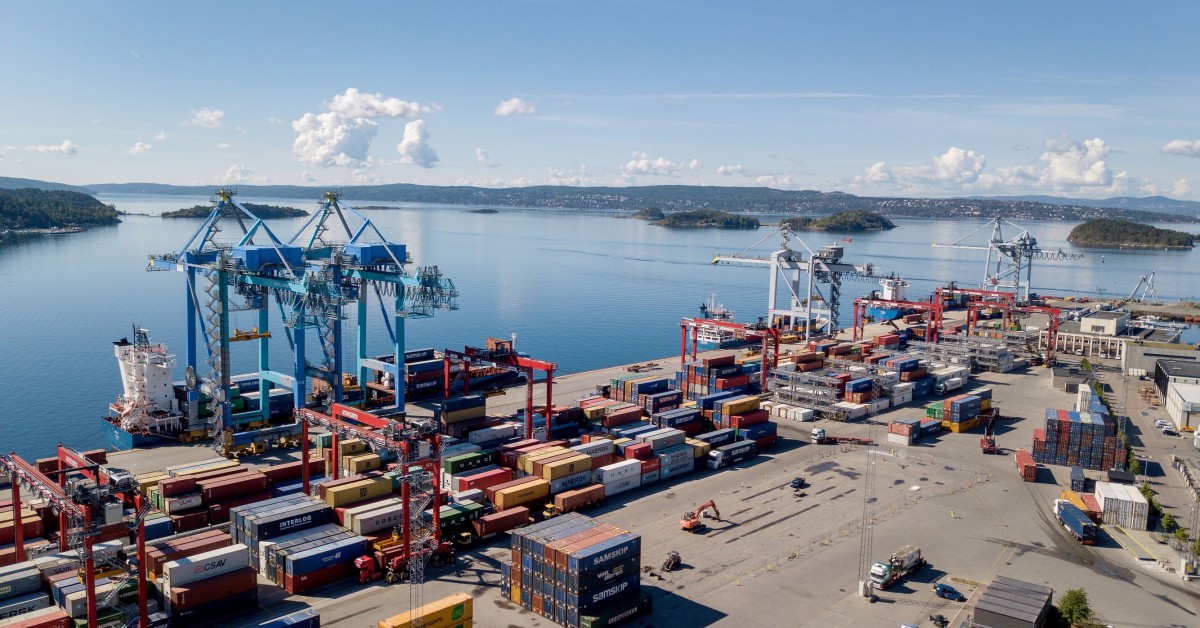The Week in Alternative Fuels
Ports and shipping companies took steps this week to set themselves up to meet their upcoming emission reduction targets.

PHOTO: Container terminal at the Norwegian capital city port of Oslo. Oslo Havn
Energy efficiency measures can help shipping companies improve CII ratings and reduce their overall carbon footprint. A case in point is Hyundai Merchant Marine (HMM), a South Korean shipping firm, that reduced its fleet's CO2 intensity by 24% between 2019-2021 through energy-efficient upgrades.
Switching to alternative marine fuels is another way to improve a vessel's CII rating and cut carbon emissions - and methanol remains a popular choice.
Shipping companies, including HMM, are counting on green methanol to meet their climate targets since it reduces carbon emissions by up to 98% when produced from renewable energy. According to classification society DNV, there are now 115 confirmed methanol-fuelled vessels in operation and on order in April, up from 106 in March. Meanwhile, HMM ordered nine dual-fuel methanol-fuelled newbuilds as part of its effort to achieve net-zero carbon emissions by 2050.
Adding brownie points to green methanol's appeal is a study by e-methanol producer Liquid Wind that says switching to the fuel could be economical for shipping companies. The study demonstrated that due to its lower well-to-wake value, e-methanol can be economically feasible as an alternative fuel to meet regulatory emission reduction targets than readily available alternative fuels like biofuels and renewable liquefied natural gas (LNG).
While vessels are being retrofitted to reduce energy consumption while on the water, ports are also developing infrastructure to reduce carbon emissions when ships dock.
The Port of Aberdeen in the UK has set a goal of reducing emissions from incoming vessels and its port own activities to achieve net-zero emissions by 2040. The port authority will also invest £55 million ($68.8 million) in infrastructure development over the next decade to meet its ambitious self-imposed target.
Moreover, the Norwegian capital city port of Oslo aims to reduce emissions by 85% by 2030. To achieve this goal, it plans to install shore power for cruise ships and container ships by 2025. Norwegian shore power supplier Zinus and its Danish partner PowerCon will provide shore power for cruise ships. If ships are not shore power-ready by 2025, the Port of Oslo will charge higher port fees.
By Konica Bhatt
Here is our selection of top five alternative fuels stories from this week:
Energy efficiency measures help shipping companies improve CII ratings
Nine methanol-fuelled ships ordered in April – DNV
E-methanol more economical than biofuels, e-LNG - Liquid Wind study
Port of Aberdeen sets ambitious goal of net-zero emissions by 2040
Port of Oslo to install shore power for cruise and container ships





